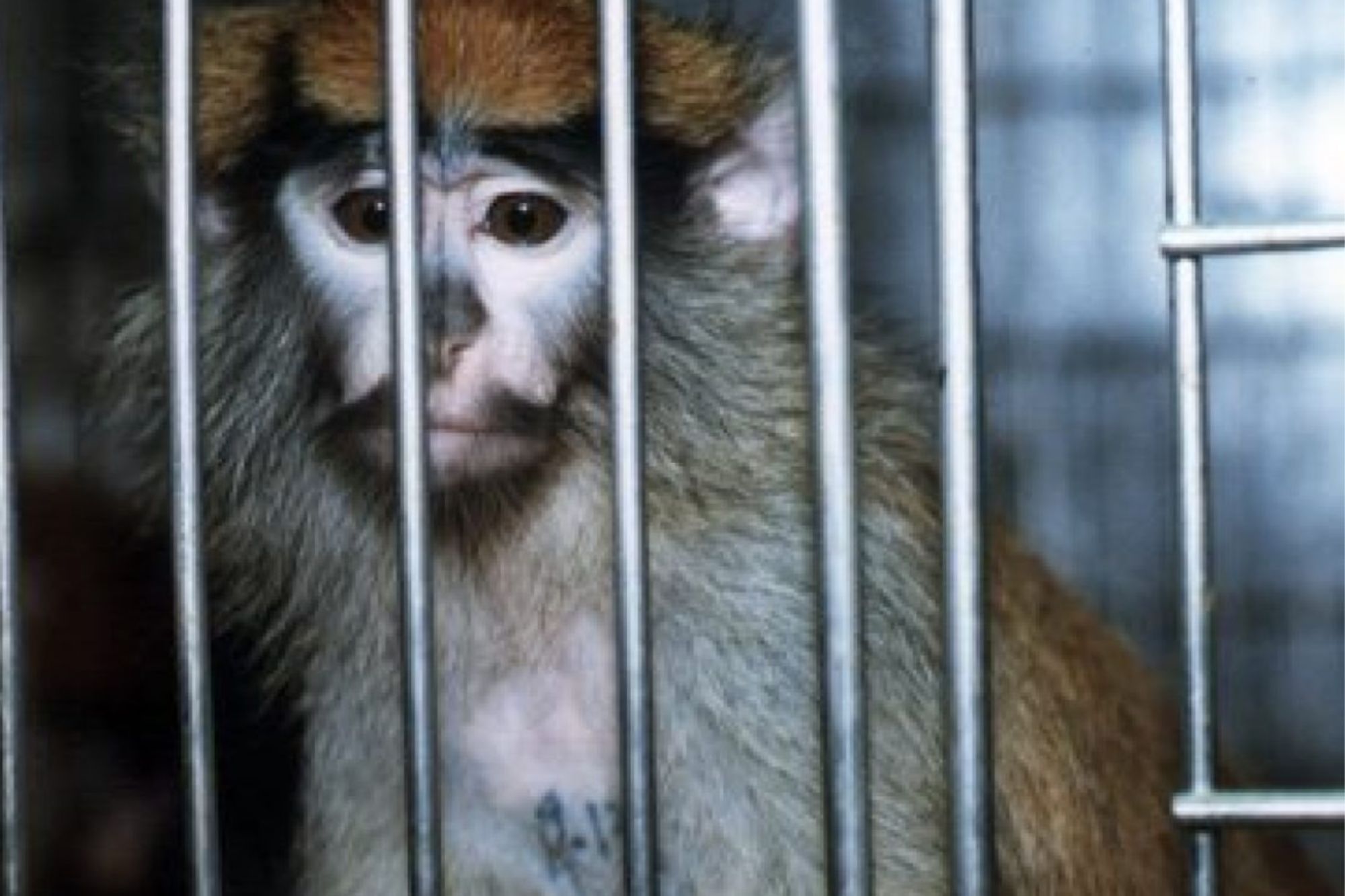HONG Kong’s third airport runway officially starts operating on Thursday (Nov 28), but there will be hardly any additional flight capacity for at least another year.
Aircraft movement will grow only up to 4 per cent next summer season – March to October 2025 – according to documents published by the city’s Civil Aviation Department.
The slow ramp-up reflects the city’s sluggish aviation recovery after the pandemic. Incumbent airline Cathay Pacific Airways is not yet back to full strength and the airport is struggling to appeal to major foreign airlines – particularly those who need to fly around Russian airspace, forcing a longer round trip.
More broadly, Hong Kong is still suffering a reputational hit from street protests and pandemic policies that set back the economy, tourism and businesses. While overall visitor arrivals to the city is roughly back to the pre-pandemic levels, many people are now coming from mainland China via land or sea.
The new runway is “going to be there for a long, long time”, said Vivian Cheung, acting chief executive officer of operator Airport Authority Hong Kong. “We didn’t want to use up this runway all in one or two seasons. Even our base carrier needs time to ramp up its flights.”
The transformational effect the HK$141.5 billion (S$24.4 billion) airport upgrade is meant to have on the Asian financial hub’s economy and tourism industry may therefore take longer to realise. The city has a lot riding on the project in its quest to stay abreast of Singapore as a key regional hub. It “may well be the single most important key of Hong Kong’s sustained success as a leading international aviation hub”, said Deputy Financial Secretary Michael Wong last month.
BT in your inbox
Start and end each day with the latest news stories and analyses delivered straight to your inbox.
The documents published by the city’s Civil Aviation Department show officials plan to lift total runway capacity to 1,453 take-offs and landings per day by next summer compared to the same period this year. HKIA said the expanded passenger buildings associated with the third runway, will be commissioned in phases from the end of 2025, confirming an earlier Bloomberg News report.
Hong Kong was one of the world’s busiest international passenger transit hubs pre-Covid. It now faces stiff regional competition from Seoul, whose own latest upgrade is nearing completion, while Singapore and Bangkok are also embarking on multi-billion dollar expansion.
Cathay’s struggle to return flights to pre-Covid levels has been compounded by staff shortages and a training backlog. The carrier is steadily taking delivery of new aircraft, but still is not fully utilising its existing fleet given the aircrew dearth.
The airline said on Tuesday it will reach 100 per cent of pre-pandemic flight capacity from January. Passenger volumes at Hong Kong airport meanwhile were around 85 per cent of monthly pre-Covid levels at the end of October. BLOOMBERG







